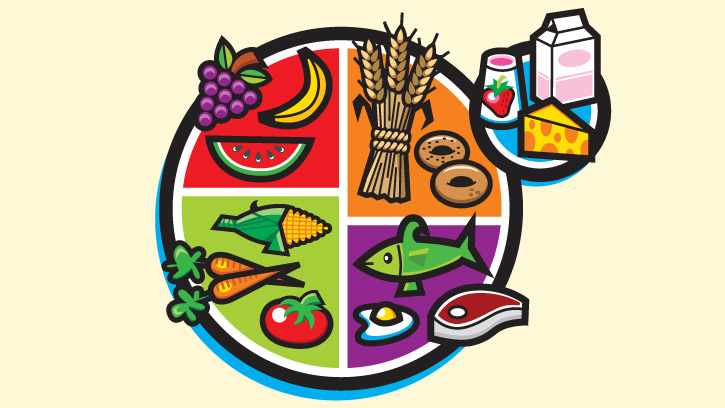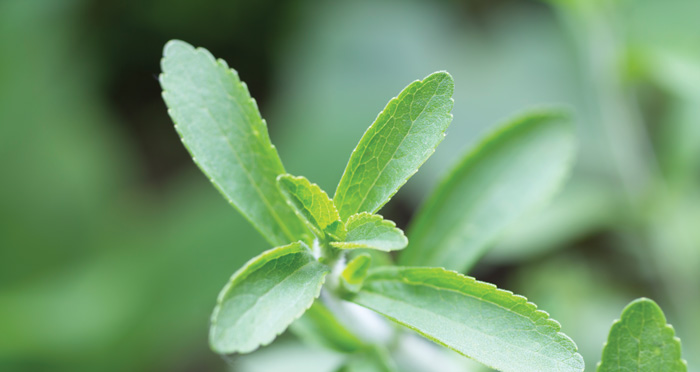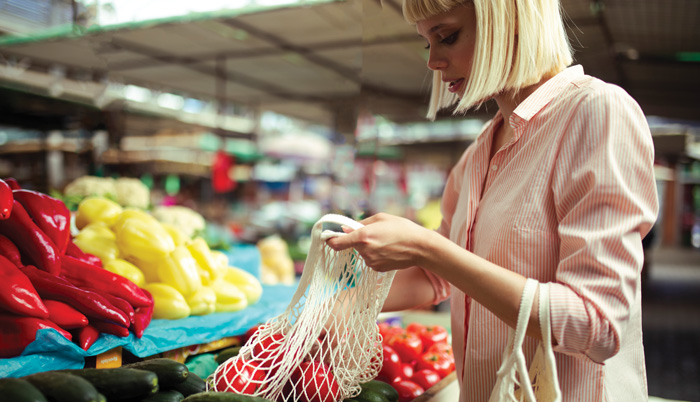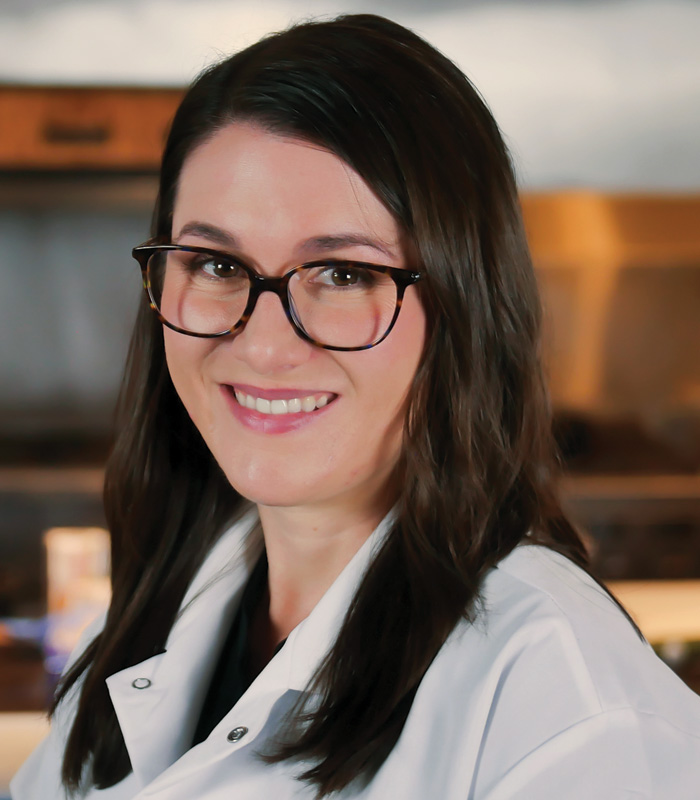Americans Don’t Understand MyPlate, Stevia Industry Heating Up
OMNIVORE
RESEARCH
Americans don’t understand MyPlate
Only about a quarter of surveyed Americans were aware of the MyPlate program from the United States Department of Agriculture (USDA), according to a new study from the National Center for Health Statistics.
MyPlate was introduced in 2011 as a replacement for the food pyramid. This visual aid divides the major food groups into percentages of one’s total diet, rather than employing a ranking system. According to the USDA, MyPlate promotes whole fruits, a variety of vegetables and protein foods, whole grains, and low-fat or fat-free dairy.
The data for the study was taken from the National Health and Nutrition Examination Survey years 2017 to 2020, and it included over 9,000 participants aged 20 and older. Participants were asked if they had heard of MyPlate and whether they had tried to follow the recommendations. The participants were asked to rate their personal diets as excellent, very good, good, fair, or poor.
According to the study, 25.3% of respondents reported having heard of the MyPlate plan, and 8.3% have tried to follow the recommendations. This is an increase in the number of people aware of the program since the 2013–2014 survey, in which 20.2% of respondents said they had heard of the program. Overall, more women than men had both heard of the program and tried to follow the recommendations. Those who were aware of MyPlate were more likely to rate their diet as excellent or very good.
The study states that, in addition to women, younger adults, those with higher incomes, and those with more education were more likely to be aware of MyPlate. The authors note that “these results are consistent with previous research showing that being a woman, young, and having higher socioeconomic status and education level are associated with nutrition-related knowledge.”
The researchers suggest that further study should assess reasons for different levels of awareness and explore how nutritional education can reach those who are less familiar with the program.
MARKET TRENDS
Stevia industry is sweetening up
The global stevia market is expected to grow by 9.6% from 2022 to 2029, according to a new report from ResearchAndMarkets. Sectors such as beverages, dairy, confectionery, and bakery are expected to shift their ingredients toward stevia extracts.
Stevia is a natural, zero-calorie sweetener and sugar substitute from the plant species Stevia rebaudiana. Its active compounds are 50 to 300 times sweeter than table sugar, and stevia is both heat- and pH-stable. According to ResearchAndMarkets, stevia-based products are considered “superior in terms of sweetness, texture, mouthfeel, crystallization, flavor, shelf life, and color.”
The global stevia market reached $780 million at the end of 2021, and it is expected to grow to $1.6 billion by the end of 2029. In 2022, dry stevia composed most of the market share (82%), compared with liquid stevia (18%). The Asia Pacific region is predicted to bring most of the market growth in the forecast period, with China being the world’s largest producer and importer.
ResearchAndMarkets hypothesizes that stevia will become more popular among consumers due to growing health concerns around sugar consumption. The growing “health food culture,” particularly in Asia, and the increasing number of new products with stevia extracts will drive the growth. However, the report also mentions that fluctuation of the price of stevia leaf could hinder market growth.
The report estimates that more than 5,000 food and beverage products worldwide currently use stevia as an ingredient, and that number is expected to increase. As this plant-based and label-friendly sweetener grows in popularity, manufacturers are incorporating the ingredient into their products to meet sugar- and calorie-reduction goals.
HEALTH
Pollination loss affecting global diets
Reduction in pollination has led to a 3%–5% decrease in fruit, vegetable, and nut production and has contributed to approximately 427,000 deaths globally, according to a new study from the Harvard T. H. Chan School of Public Health.
The study, published in Environmental Health Perspectives, identified yield gaps in animal-pollinated foods and used an agriculture-economic model to estimate the impact of pollination loss.
“A critical missing piece in the biodiversity discussion has been a lack of direct linkages to human health,” said Samuel Myers, principal research scientist at the Department of Environmental Health and senior author of the study, in a press release. “This research establishes that loss of pollinators is already impacting health on a scale with other global health risk factors, such as prostate cancer or substance use disorders.”
According to the study, the loss of food production was more concentrated in lower-income countries, but the health burden is greater in middle- and higher-income countries. Additionally, the researchers chose three case study countries, Honduras, Nepal, and Nigeria, to help gauge the economic impact of pollination loss. The study found that these three countries experienced a 12%–31% decrease in the economic value of their crops, mostly due to fruit and vegetable loss.
The researchers conclude their analysis by stressing the importance of implementing pollinator policies. These strategies include increasing flower abundance and diversity on farms, reducing pesticide use, and preserving or restoring natural habitats.
“This study shows that doing too little to help pollinators does not just harm nature, but human health as well,” said lead author Matthew Smith in a press release.
MARKETPLACE
Discount grocers show strong performance
Pressured by persistent inflation, consumers shopped frugally in 2022, driving discount grocery channel sales growth, a trend that will continue in 2023, allowing the channel to outpace total grocery retail growth, research firm Coresight forecasts in a new “Deep Dive” market analysis.
Coresight Research focused on Aldi, Save A Lot, Grocery Outlet, and Lidl to gain insight into the grocery discounter landscape and used data from sales, store visits, visit duration, and store openings from 2019 to 2021 to analyze the market.
Not only did discount grocers maintain growth in sales from 2019 to 2021, but they also had more shopper visits than traditional grocers, which the Coresight team attributes to new store openings by Aldi, Lidl, and Grocery Outlet as well as the appeal of discounted items. More than half of all discount store shoppers spend 15–29 minutes in the store, and the number of customers spending 30–59 minutes in-store increased in the second half of 2022.
Discounters are working to enhance their e-commerce presence, but this is an area where they have lagged behind other channels. The fact that discounters have struggled with it may make e-commerce a significant “competitive weapon” for traditional retailers, the Coresight analysts note.
Discounters and e-commerce will be the fastest-growing channels in the U.S. grocery space in coming years, Coresight predicts. For traditional retailers to compete effectively with discounters, they should reduce prices on the most price-sensitive merchandise, strengthen private label offerings, and capitalize on their loyalty programs via strong personalized promotions, Coresight analysts recommend.
COMMUNITY
CBCI hires new R&D director
Charlie Baggs Culinary Innovations, a culinary and product development consulting firm, announced the appointment of Jenn Farrell to the position of R&D director. In this role, Farrell will lead the company’s technical team in product and process development.
Farrell holds a degree in food science from Purdue University. She most recently served as the R&D manager for Gonnella Baking Co., a Chicago-based bread and bakery company. She has also worked as a product development scientist at PepsiCo and Unilever.












